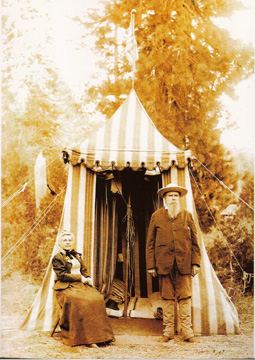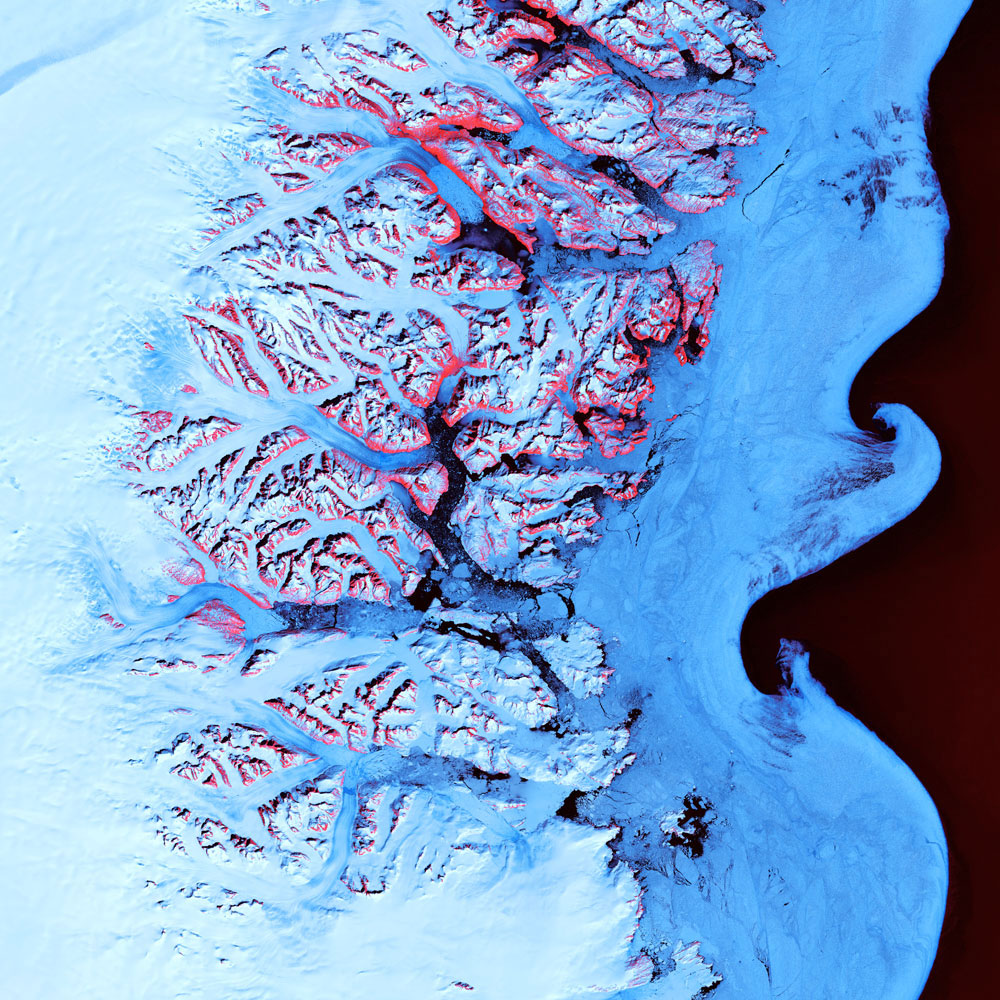Fall 2011
The Hunt for Treasure!
 What is treasure? Who hunts for treasure and how do they find it?
What is treasure? Who hunts for treasure and how do they find it?
Come explore the science, history, and thrill of treasure hunting at the Gateway Science Museum. From pirate ships to the Gold Rush you’ll discover treasures at sea and on land. You can also investigate geocaching, today’s form of treasure hunting.
Explore...
- Sunken Treasure below the surface of the water to investigate ships that never arrived at their destinations. Discover who hunts these ships, what tools they use to locate treasure, and what they find in the depths of the sea.
- Pirate booty, the Knights Templar, and hoards of gold in Buried Treasure lore. Experiment with a metal detector to find treasure buried within the exhibit.
- Gold Rush treasures of the 19th century, which have a long history in our region and throughout the West. Investigate the hunt for gold with biographical sketches and maps that highlight the Gold Rush era.
- Modern Treasure Hunting that employs exciting technology such as the global positioning system and maps built into your cell phone. Consider the navigation tools people use to find their way, including maps, compasses, and landmarks. Discover the excitement of geocaching, a family friendly outdoor activity that uses GPS receivers as tools for players to seek out hidden treasure.
A range of hands-on activities for the whole family, including:
- Digging for treasure on Virtual Oak Island
- Making a crayon rubbing of a coin replica
- Going on a treasure hunt in the exhibit
- Exploring the contents of a geocache
The Hunt for Treasure! is organized by NRG! Exhibits.
Past Tents: The Way We Camped
 John and Annie Bidwell with their tent, 1898, Bancroft Portrait Collection, The Bancroft Library.
John and Annie Bidwell with their tent, 1898, Bancroft Portrait Collection, The Bancroft Library.
Take a whimsical excursion through one of our favorite pastimes - Camping!
Past Tents explores camping in California from post-Gold Rush times to the mid-1900s. Early camping was an enterprise of independence, simplicity, and festivity. It offered a change of pace, the splendor of scenery, and an opportunity to be close to nature and escape the trappings of society for a time.
Through whimsical photos, vintage canvas tents, and 3-D images of a by-gone era, you’ll explore three camping themes:
Round the Campground
The location and character of campsites were as varied as their inhabitants. They ranged from the simplest blanket-and-fry pan outfits to elaborate, open-air housekeeping extravaganzas. There was wood to gather, tents to stake, and socks to wash, but also hikes, swimming holes, and general all-around festivity that is part of camp trappings. In the evenings there were songs, skits, and stories around the campfire. But mosquitoes, scorpions, boot blisters, critter-commandeered food supplies, heat and chill, lost trails, and sudden downpours could also plague outdoor living.
Hitting the Trail
When pleasure parties first took to the hills they hit the trail on foot, on horseback, or by steamboat, visiting, singing, and sightseeing as they went. Some early campers took as little as a bedroll, a pair of boots, and some food, depending on the local flora and fauna to supply their vacation needs. Others took the servants, the living room rug, the bathroom cabinet, and the kitchen sink, lugging it all along with the help of wagons or mules.
Open Roads, Open Fires
With the invention of the automobile, autocamping quickly became a popular diversion. Autocampers packed tents, cots, and other equipment on their running boards and took long scenic journeys, even though, with bad roads and multiple breakdowns, the average speed was only 20 mph. They set their own schedules, planned routes far off the beaten tracks, and camped on the side of the road, in open fields and barns along the way.
“Past Tents: The Way We Camped” was produced by the California Historical Society and The Bancroft Library, University of California, Berkeley, and based on the book co-published by Heyday Books and The Bancroft Library in 2006. The exhibition tour is organized by Exhibit Envoy.
Earth as Art 3: Ice Waves
 Photographed May 21, 2001
Photographed May 21, 2001
Along the southeastern coast of Greenland, an intricate network of fjords funnels glacial ice to the Atlantic Ocean. During the summer melting season, newly calved icebergs join slabs of sea ice and older, weathered bergs in an offshore slurry that the southward-flowing East Greenland Current sometimes swirls into stunning shapes. Exposed rock of mountain peaks, tinted red in this image, hints at a hidden landscape.
Source: USGS
In the Valley Gallery, discover Earth As Art 3, a collection of photographic images taken from space. The images, taken by Landsat satellites, were selected for aesthetic purposes rather than scientific ones. Covering the sand dunes of Algeria to the Painted Desert of Arizona, these images offer a unique way to view our planet and its many natural wonders.
Earth as Art 3 is provided by the United States Geological Survey.
